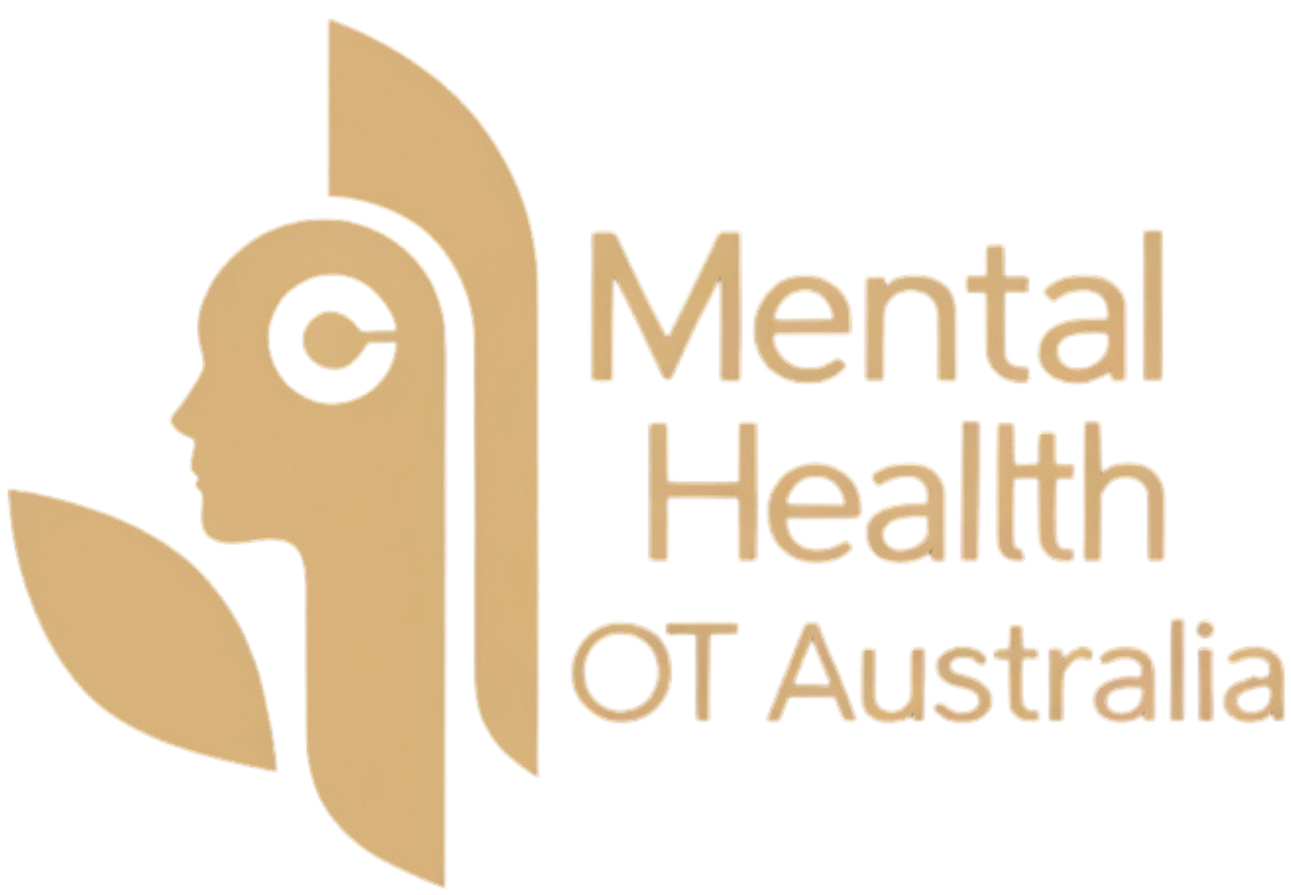Understanding Neurofeedback Therapy
Neurofeedback therapy is a non-invasive brain training technique that helps improve self-regulation and mental functioning. This evidence-based approach uses real-time feedback to teach individuals how to alter their brainwave activity. It’s particularly effective for people with anxiety, ADHD, trauma, and sleep disorders.



How Neurofeedback Works
Neurofeedback works by monitoring brainwaves using sensors attached to the scalp. These sensors provide instant feedback through visual or auditory cues, allowing individuals to understand and modify their brainwave patterns. With consistent sessions, the brain learns to shift from dysregulated states to more balanced ones.
Conditions Treated With Neurofeedback
Neurofeedback has shown promising results for various neurological and psychological conditions. It’s often used for ADHD, anxiety, depression, PTSD, sleep problems, and epilepsy. In children, it can help manage behavioural issues and developmental disorders. In adults, it supports emotional regulation, cognitive clarity, and long-term mental health resilience.



Why Neurofeedback Is Gaining Popularity
This therapy appeals to people seeking a drug-free alternative for mental health challenges. Since it’s tailored to individual brain activity, it offers a highly personalised treatment path. Clients often report improved focus, reduced anxiety, and better mood stability after just a few sessions.
The Role of Mental Health OT Australia
At Mental Health OT Australia, neurofeedback therapy is delivered with care and clinical expertise. Guided by professionals like Bita Farhani, sessions are designed around client-specific goals. Whether you’re managing stress, attention issues, or emotional dysregulation, a personalised neurofeedback plan can help restore balance and function.
The Science Behind Brainwave Training
Neurofeedback therapy is rooted in neuroscience. It works by measuring electrical activity in the brain (EEG) and providing feedback that helps the brain adjust its functioning. Brainwaves—such as alpha, beta, theta, and delta—are linked to different states of alertness and relaxation. Through neurofeedback, individuals can learn to increase or decrease specific wave patterns. For example, a person experiencing anxiety might show excessive beta waves. By training the brain to reduce beta activity and enhance calming alpha waves, neurofeedback promotes a more regulated mental state.
This kind of therapy is entirely safe and non-invasive. There are no medications or shocks involved—just data-driven feedback and brain training. Over time, the brain learns to self-correct, resulting in sustainable behavioural and emotional improvements. The effects of neurofeedback can be long-lasting, especially when sessions are supported by holistic occupational therapy approaches that address lifestyle, routines, and mental wellbeing.
Benefits of Neurofeedback Therapy
Neurofeedback offers several benefits that make it a strong option for clients seeking non-pharmacological treatments. Firstly, it’s entirely customised—based on EEG results, therapy plans are tailored to each person. Secondly, it empowers clients to become active participants in their own healing, which enhances engagement and long-term success.
Clinical outcomes often include:
Improved sleep and relaxation
Reduced anxiety and stress
Increased focus and attention (particularly in ADHD)
Fewer mood swings and improved emotional regulation
Support for trauma recovery
Neurofeedback can also enhance traditional mental health treatments. It works well alongside occupational therapy for adults, especially for individuals with complex needs. When paired with occupational assessments, the insights gained can help guide therapy and everyday coping strategies.
Who Can Benefit from Neurofeedback?
Neurofeedback therapy is suitable for children, adolescents, and adults. Children with autism, ADHD, learning delays, or sensory processing issues may benefit greatly from consistent sessions. Neurofeedback has also been helpful for individuals with trauma histories, sleep difficulties, and emotional instability. It’s particularly useful for adults managing stress-heavy careers or those recovering from mental health conditions like depression and PTSD.
At Mental Health OT Australia, practitioners use neurofeedback alongside holistic strategies. This might include functional assessment occupational therapy, sensory integration, and mindfulness-based approaches, depending on client goals. This well-rounded care plan strengthens the therapeutic impact.
Neurofeedback in Perth and Beyond
For clients searching for neurofeedback therapy near me, services are available in Perth and other areas. The local team at Mental Health OT Australia ensures accessibility for families, professionals, and children. Booking an initial consultation is simple and guided, helping clients understand what neurofeedback is and how it might fit their needs.
For enquiries or to schedule a session: 📞 0406107775
📧 info@mentalhealthotaustralia.com
🔗 Contact us
Frequently Asked Questions
1. How long does neurofeedback therapy take to show results?
Most clients begin to notice changes after 5–10 sessions. However, long-term outcomes often require 20–40 sessions depending on individual goals and conditions being treated.
2. Is neurofeedback therapy safe for children?
Yes. Neurofeedback is non-invasive and safe for children. It’s especially effective for kids with ADHD, autism, learning delays, and anxiety.
3. Can neurofeedback replace medication?
While neurofeedback can reduce reliance on medication for some individuals, it’s essential to consult your healthcare provider before making changes to any prescribed treatment plan.
4. What should I expect during a neurofeedback session?
You’ll sit comfortably with sensors placed on your scalp. While watching a screen or listening to sounds, your brain’s activity will be monitored and you’ll receive real-time feedback. Sessions are painless and typically last 30–45 minutes.
If you or your child could benefit from brain-based therapy, neurofeedback may offer the personalised support you’ve been looking for. Delivered with care and clinical precision at Mental Health OT Australia, it’s more than just training—it’s a pathway to greater mental clarity, emotional control, and improved quality of life.

